June 18, 2025 | 00:53 GMT +7
June 18, 2025 | 00:53 GMT +7
Hotline: 0913.378.918
June 18, 2025 | 00:53 GMT +7
Hotline: 0913.378.918
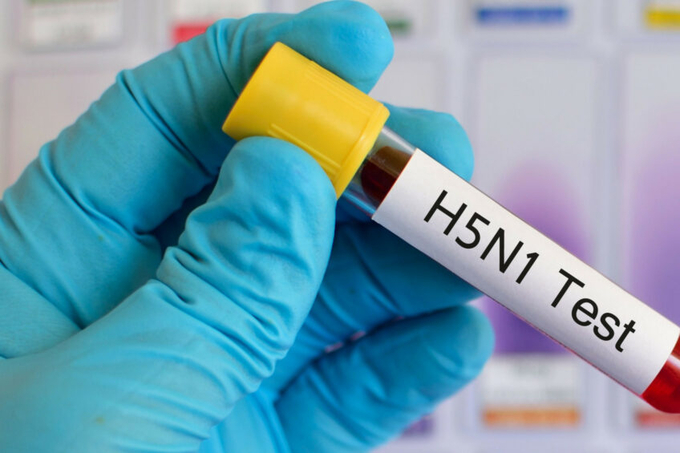
The H5N1 highly pathogenic avian influenza virus has caused a panzootic affecting all continents except Australia. Photo: Canva.
The H5N1 highly pathogenic avian influenza virus has caused a panzootic affecting all continents except Australia, expanding its host range to several mammalian species.
First detected in milk samples collected from dairy cattle in Kansas and Texas in March 2024, Clade 2.3.4.4b of the H5N1 virus has since been further detected in cattle on 891 farms across 16 states in the US. The strain is thought to be predominantly transmitted through milking and the movement of infected animals or contaminated equipment between farms or states.
Researchers at The Pirbright Institute compared cattle and goat H5N1 viruses with the dominant avian-origin strain in the UK. Focusing on receptor binding, pH fusion, and thermostability, the scientists found all the tested H5N1 viruses showed binding exclusively to avian-like receptors.
Currently bovine H5N1 viruses unlikely to transmit between humans
Writing in Emerging Microbes and Infections, the team describe how an acid/alkali fusion of 5.9 put the H5N1 viruses outside the pH range associated with efficient human airborne transmissibility (pH 5.0 to 5.5).
Professor Munir Iqbal, head of the avian influenza and Newcastle disease group at The Pirbright Institute, said: “We conducted a rapid risk profile of the receptor binding properties and fusion pH of ‘original’ dairy cattle, emerging mutations in dairy cattle, and goat H5N1 viruses. None of the tested viruses exhibited binding to the human receptor analogue (6SLN) and they all retained a high membrane fusion pH ≥5.8, suggesting the currently circulating bovine H5N1 viruses are unlikely to be able to efficient transmit between humans.”
Further mutations
The researchers say it remains to be determined whether further mutations will emerge if the virus continues to infect and spread amongst dairy cattle, with continuing opportunities to adapt to bovines. “Addressing this question will contribute to a better understanding of the H5N1 virus and its adaptation in cattle,” said Professor Iqbal. “Continued surveillance and risk assessment of circulating H5N1 viruses remain a top priority to mitigate their potential impact on public health and the agricultural sector.”
The findings align with several studies examining the receptor binding profiles of the human isolate from Texas dairy farm worker and cattle isolate from Ohio, which consistently showed virus binding to avian-type SA receptors only.
(PW)
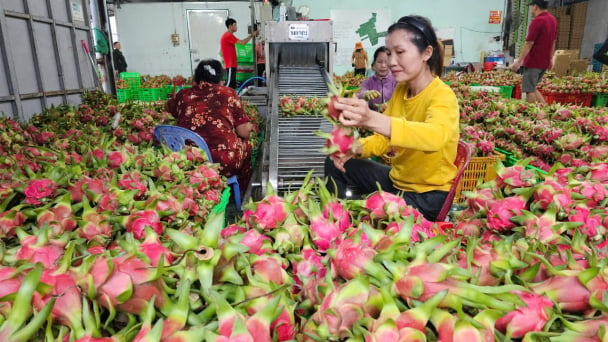
(VAN) According to the Binh Thuan Department of Industry and Trade, in the first five months of 2025, Binh Thuan's dragon fruit export turnover increased by 20.65% compared to the same period last year.
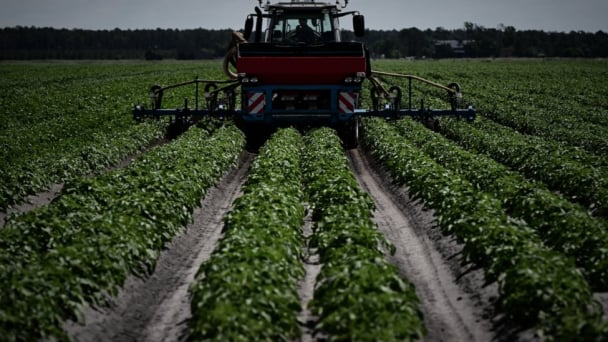
(VAN) EU countries on Thursday gave final approval to new tariffs on fertilizer imports from Russia, a move aimed at cutting off revenue that could support Moscow’s war in Ukraine, despite concerns from European farmers.

(VAN) The working delegation from the Ministry of Agriculture and Environment conducted an important trip to the Netherlands to strengthen strategic partnerships and sustainable development in the agricultural sector.
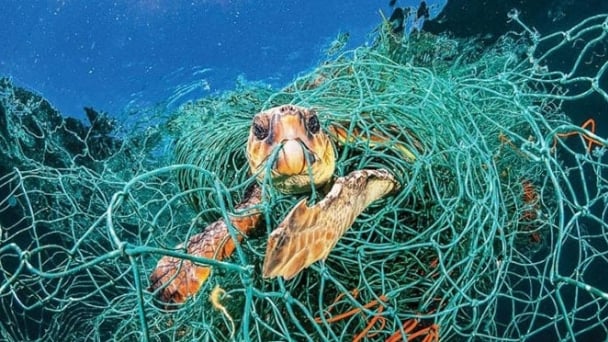
(VAN) The letter ‘A Plea from the Ocean’ not only evokes emotion but also awakens the human conscience to the responsibility of protecting life on Earth.
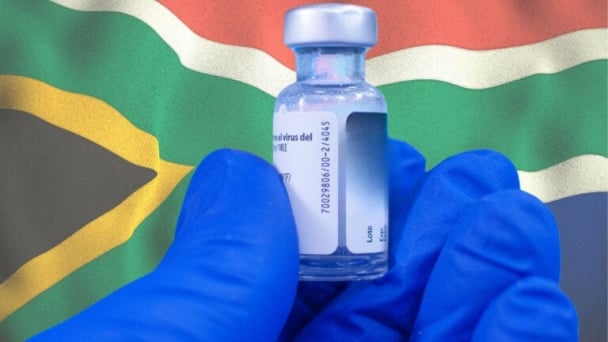
(VAN) The Department of Agriculture in South Africa has announced the country’s first mass vaccination of poultry to prevent local birds from contracting avian influenza.

(VAN) Establishment of the Mekong Delta Regional Agricultural Linkage Center, aiming for a closed value chain, deep processing, trading platforms, and international market connectivity.

(VAN) Gia Lai province has recently recorded 460 rare species of animals and plants, contributing to forest conservation and biodiversity planning in the region.